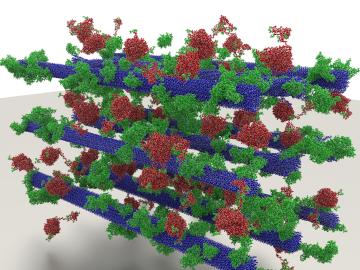
Filter News
Area of Research
- (-) Biology and Environment (177)
- (-) Neutron Science (190)
- (-) Reactor Technology (1)
- (-) Supercomputing (311)
- Advanced Manufacturing (34)
- Biological Systems (18)
- Biology and Soft Matter (5)
- Building Technologies (12)
- Chemical and Engineering Materials (4)
- Chemistry and Physics at Interfaces (11)
- Clean Energy (522)
- Climate and Environmental Systems (14)
- Computational Biology (6)
- Computational Chemistry (5)
- Computational Engineering (5)
- Computer Science (19)
- Data (1)
- Earth Sciences (1)
- Electricity and Smart Grid (3)
- Energy Frontier Research Centers (14)
- Energy Sciences (5)
- Fossil Energy (3)
- Fuel Cycle Science and Technology (3)
- Functional Materials for Energy (16)
- Fusion and Fission (54)
- Fusion Energy (17)
- Geographic Information Science and Technology (3)
- Isotope Development and Production (3)
- Isotopes (35)
- Materials (433)
- Materials Characterization (2)
- Materials for Computing (36)
- Materials Synthesis from Atoms to Systems (13)
- Materials Under Extremes (12)
- Mathematics (1)
- National Security (79)
- Neutron Data Analysis and Visualization (4)
- Nuclear Science and Technology (74)
- Nuclear Systems Modeling, Simulation and Validation (3)
- Nuclear Systems Technology (1)
- Quantum Condensed Matter (4)
- Quantum information Science (9)
- Renewable Energy (4)
- Sensors and Controls (5)
- Transportation Systems (11)
News Type
News Topics
- 3-D Printing/Advanced Manufacturing (17)
- Advanced Reactors (3)
- Artificial Intelligence (43)
- Big Data (26)
- Bioenergy (52)
- Biology (76)
- Biomedical (36)
- Biotechnology (14)
- Buildings (6)
- Chemical Sciences (15)
- Clean Water (13)
- Climate Change (51)
- Composites (5)
- Computer Science (107)
- Coronavirus (24)
- Critical Materials (4)
- Cybersecurity (9)
- Decarbonization (24)
- Energy Storage (17)
- Environment (109)
- Exascale Computing (24)
- Fossil Energy (1)
- Frontier (29)
- Fusion (2)
- Grid (7)
- High-Performance Computing (52)
- Hydropower (8)
- Isotopes (2)
- Machine Learning (20)
- Materials (36)
- Materials Science (38)
- Mathematics (3)
- Mercury (7)
- Microscopy (17)
- Molten Salt (1)
- Nanotechnology (24)
- National Security (9)
- Net Zero (3)
- Neutron Science (101)
- Nuclear Energy (8)
- Partnerships (5)
- Physics (17)
- Polymers (5)
- Quantum Computing (19)
- Quantum Science (29)
- Renewable Energy (1)
- Security (6)
- Simulation (23)
- Software (1)
- Space Exploration (5)
- Summit (46)
- Sustainable Energy (36)
- Transformational Challenge Reactor (1)
- Transportation (12)
Media Contacts
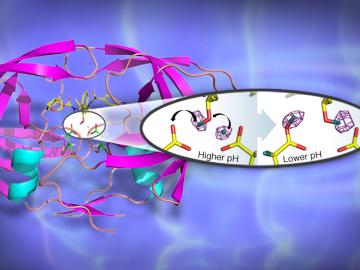
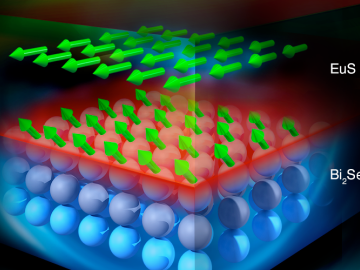

Four Oak Ridge National Laboratory researchers specializing in environmental, biological and computational science are among 49 recipients of Department of Energy's Office of Science Early Career Research Program awards. The Early Career Research Program, now in its ...
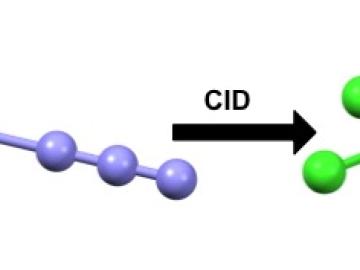

Researchers at the Department of Energy’s Oak Ridge National Laboratory used neutrons to uncover novel behavior in materials that holds promise for quantum computing. The findings, published in Nature Materials, provide evidence for long-sought phenomena in a two-dim...
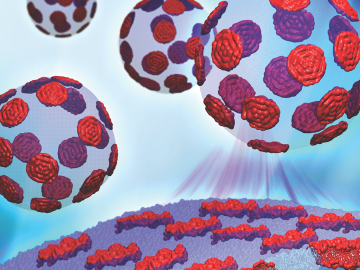

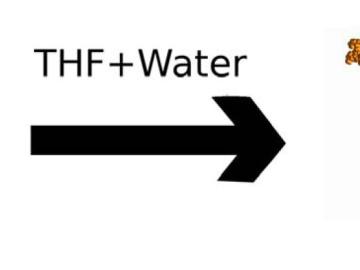
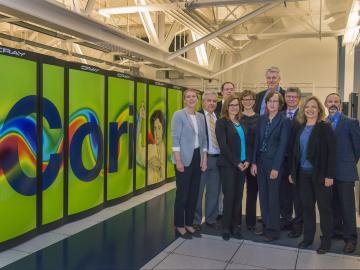
The Department of Energy’s Oak Ridge National Laboratory will support four new industry projects announced today as part of DOE’s High Performance Computing for Manufacturing (HPC4Mfg) Program. The program pairs selected companies with national labs, including ORNL...
